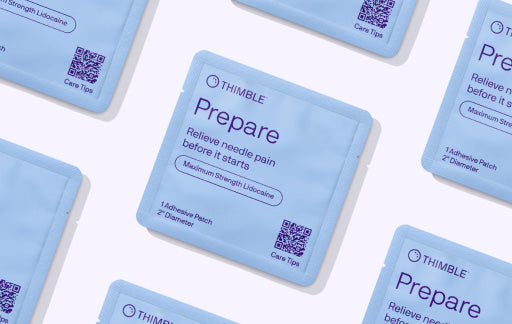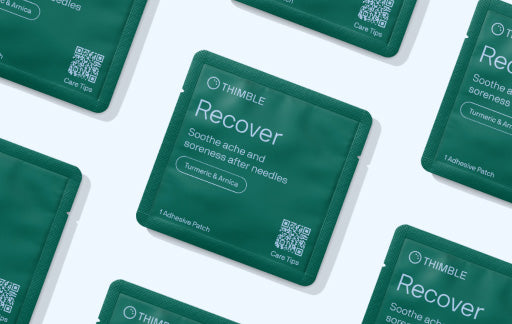Needle Care™ for Infants
We’ve gathered some simple, effective tips to help everyone feel calmer and reduce pain during your next appointment.
Tip 1
Suckling
Suckling of any kind helps to calm babies—before, during, and after the procedure. It can be on a pacifier, bottle, breast, or just a finger. The act of suckling comforts and soothes babies from the newborn period throughout infancy.

Tip 2
Feeding
Related to suckling, feeding of any kind can have a soothing effect. Breastfeeding or formula are both great options—however you feel comfortable feeding your baby is the right choice.

Tip 3
Holding
Holding your baby before, during, and after the procedure can reduce nerves and help keep them calm. Close contact with a caregiver creates a sense of security and comfort. Keep them in your arms or on your lap, instead of on a table.

Tip 4
Skin to Skin
Skin to skin contact can be an added way to soothe your baby during the procedure. If it’s available and comfortable for you, find a position where you can hold them with direct skin contact.

Tip 5
Bring a lovey
Don’t forget your kid’s favorite thing, whether it’s a toy, stuffed animal, or blanket. The soft, familiar comfort will help infants feel secure.

Tip 6
Sweet Solution
A small amount of a sweet solution prior to a needle procedure can reduce pain. Ask your doctor if this is right for your baby. You can buy a tube of 24% sucrose solution without a prescription or make your own by mixing one packet of sugar with two teaspoons of water. Just a few drops of solution will do.

Wrap-up
We hope these tips help your appointment go smoothly. It’s okay to try different orders or combinations. The key is to find what works for you and your baby.
Sources
- Viggiano, C., Occhinegro, A., Siano, M.A. *et al.* Analgesic effects of breast- and formula feeding during routine childhood immunizations up to 1 year of age. *Pediatr Res* 89**,** 1179–1184 (2021). https://doi.org/10.1038/s41390-020-0939-x
- Reducing pain during vaccine injections: clinical practice guidelineAnna Taddio, C. Meghan McMurtry, Vibhuti Shah, Rebecca Pillai Riddell, Christine T. Chambers, Melanie Noel, Noni E. MacDonald, Jess Rogers, Lucie M. Bucci, Patricia Mousmanis, Eddy Lang, Scott A. Halperin, Susan Bowles, Christine Halpert, Moshe Ipp, Gordon J.G. Asmundson, Michael J. Rieder, Kate Robson, Elizabeth Uleryk, Martin M. Antony, Vinita Dubey, Anita Hanrahan, Donna Lockett, Jeffrey Scott, Elizabeth Votta Bleeker, HELPinKids&AdultsCMAJ Sep 2015, 187 (13) 975-982; DOI**:** 10.1503/cmaj.150391
- Johnston C, Campbell-Yeo M, Disher T, Benoit B, Fernandes A, Streiner D, Inglis D, Zee R. Skin-to-skin care for procedural pain in neonates. Cochrane Database Syst Rev. 2017 Feb 16;2(2):CD008435. doi: 10.1002/14651858.CD008435.pub3. PMID: 28205208; PMCID: PMC6464258
- Stevens B, Yamada J, Ohlsson A, Haliburton S, Shorkey A. Sucrose for analgesia in newborn infants undergoing painful procedures. Cochrane Database Syst Rev. 2016 Jul 16;7(7):CD001069. doi: 10.1002/14651858.CD001069.pub5. PMID: 27420164; PMCID: PMC6457867

